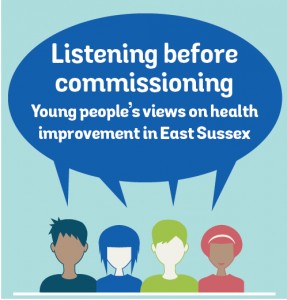Bio-behavioural HIV and STI surveillance among Men who have Sex with Men in Europe: the Sialon II protocols
Background
Globally, the HIV epidemic is representing a pressing public health issue in Europe and
elsewhere. There is an emerging and progressively urgent need to harmonise HIV and
STI behavioural surveillance among MSM across European countries through the
adoption of common indicators, as well as the development of trend analysis in order
to monitor the HIV-STI epidemic over time. The Sialon II project protocols have been
elaborated for the purpose of implementing a large-scale bio-behavioural survey
among MSM in Europe in line with a Second Generation Surveillance System (SGSS)
approach.
Methods/Design
Sialon II is a multi-centre biological and behavioural cross-sectional survey carried out
across 13 European countries (Belgium, Bulgaria, Germany, Italy, Lithuania, Poland,
Portugal, Romania, Slovakia, Slovenia, Spain, Sweden, and the UK) in community
settings. A total of 4.966 MSM were enrolled in the study (3.661 participants in the TLS
survey, 1.305 participants in the RDS survey). Three distinct components are foreseen
in the study protocols: first, a preliminary formative research in each participating
country. Second, collection of primary data using two sampling methods designed
specifically for ‘hard-to-reach’ populations, namely Time Location Sampling (TLS) and
Respondent Driven Sampling (RDS). Third, implementation of a targeted HIV/STI
prevention campaign in the broader context of the data collection.
Discussion
Through the implementation of combined and targeted prevention complemented by
meaningful surveillance among MSM, Sialon II represents a unique opportunity to pilot
a bio-behavioural survey in community settings in line with the SGSS approach in a
large number of EU countries. Data generated through this survey will not only provide
a valuable snapshot of the HIV epidemic in MSM but will also offer an important trend
analysis of the epidemiology of HIV and other STIs over time across Europe.
Therefore, the Sialon II protocol and findings are likely to contribute significantly to
increasing the comparability of data in EU countries through the use of common
indicators and in contributing to the development of effective public health strategies
and policies in areas of high need.
For the full ‘accepted’ version of the paper see the link. The final published version will shortly be avaialble on BMC Public Health’s website. PUBH-D-15-00881_R2 (002)




